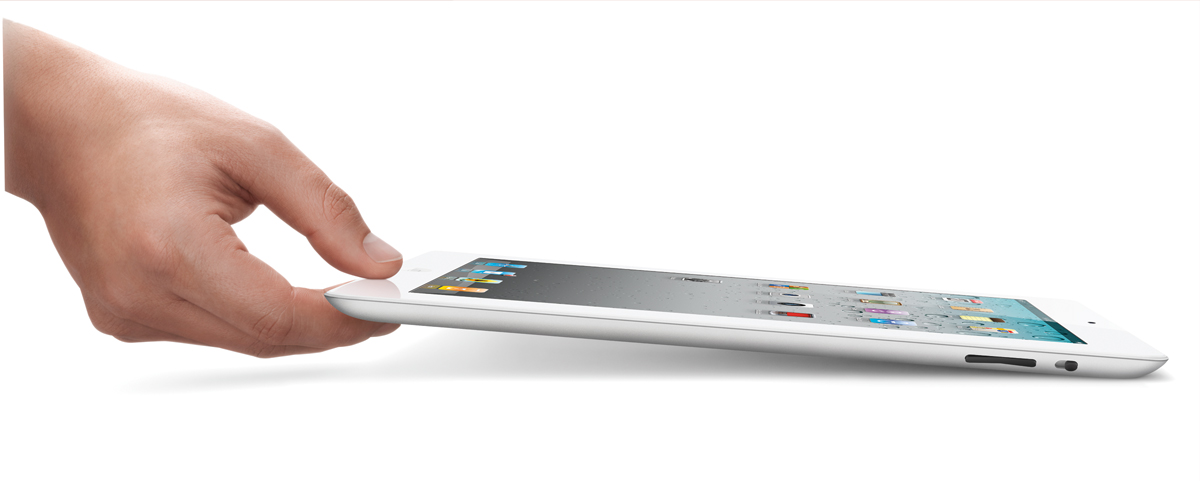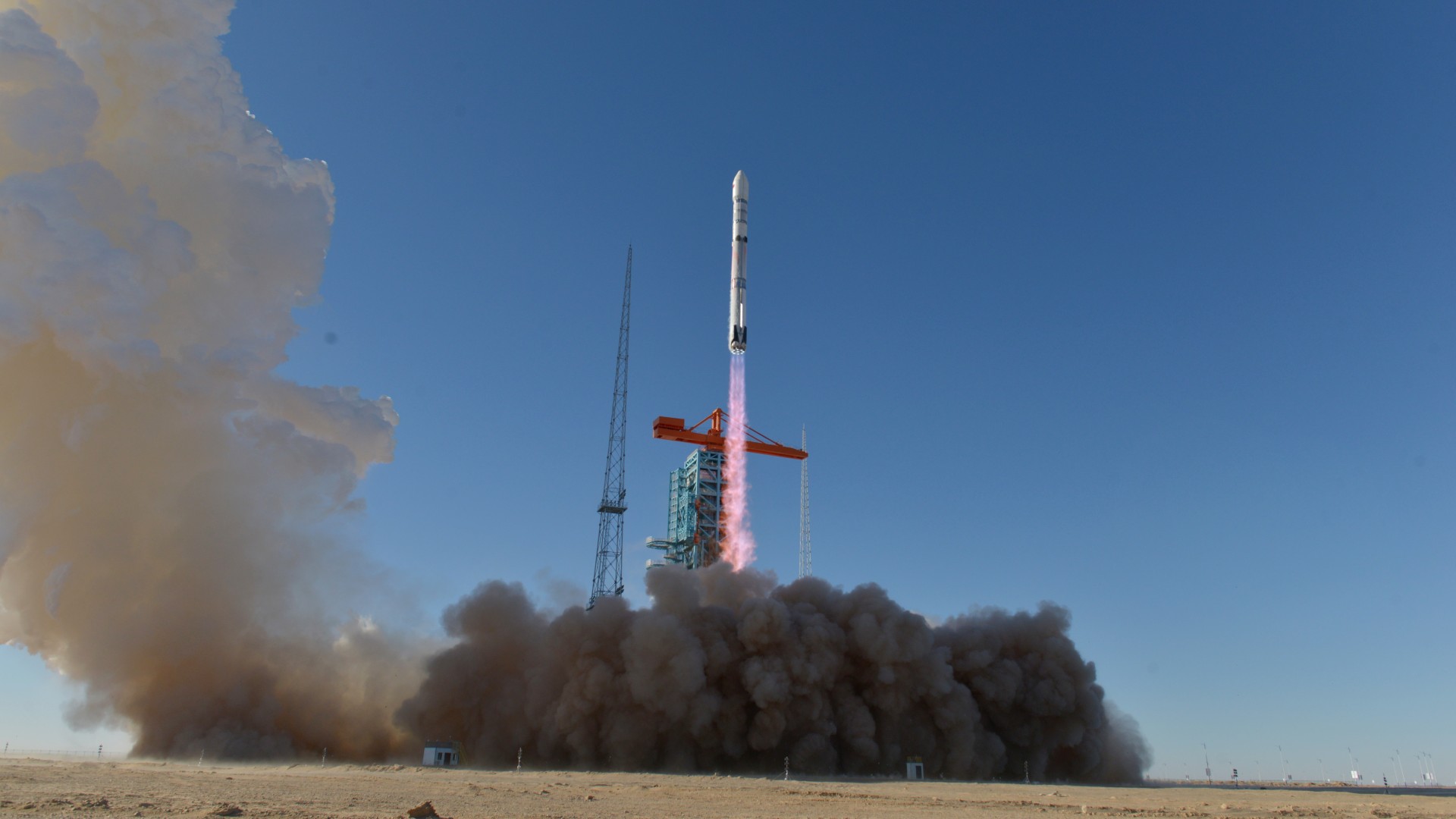No Plans to Launch iPads in Space Yet, NASA Says

Apple may have unveiled its new iPad 2 recently, but it will be some time before the popular, slimmed down tablet device makes it into space, NASA says.
Although laptop computers are widely used on the International Space Station, there are no current plans to send iPads to astronauts on the orbiting laboratory, NASA officials said.
"We are considering things in that platform, but right now, there's no formal authorization to go look at iPads," Stephen Hunter, NASA's manager of space station computer resources, told SPACE.com.
Computers in space
Laptops are used throughout the space station for a variety of tasks, including avionics, payload management, support, navigation and control. [Infographic: The International Space Station – Top to Bottom]
"We currently have 119 laptop computers onboard the station that control various platforms," Hunter said. "Most common Earth-bound laptops typically have life cycles of three to four years. Since it takes a number of years to get hardware up in orbit and make the software transition, when we pick a new platform, we aim for six-year life cycles."
Most of the laptops used on the station are Lenovo Thinkpads, Hunter said. When NASA decides to upgrade to an improved platform or transition to a new device, it can sometimes be a lengthy process. This is because standard laptops need to be modified and thoroughly tested before they can be used on the space station.
Breaking space news, the latest updates on rocket launches, skywatching events and more!
"Previously it's taken a period of around a year-and-a-half to two years to actually certify the laptops for use in space," Hunter said. "This includes all the environmental tests that we have to go through. Lately, we've gone through a lot of steps to improve this process."
Are iPads spaceworthy?
Before they can be brought into orbit, the computers have to undergo a battery of tests to make sure they can withstand the extreme environment of space and will not pose a danger to the crew members onboard.
"We test a full suite of various computers for ones that are more radiation tolerant," Hunter said. "We also do a unique certification of the lithium ion batteries, because they can be explosive, so we do destruction tests to make sure they don't explode in the environments we put them through."
The laptops also undergo flammability tests and stress analysis to ensure the electronics can withstand the extreme launch conditions.
The computers also undergo modifications to protect against moisture damage, but perhaps the biggest alterations to the laptops is to make them compatible with the power systems on the International Space Station, which differ from Earth.
"We have to ensure that they meet our power standards, and one of the most complex things that we do is redesign a power source for them" Hunter said. "Traditionally, each time we select a new laptop, we have to build a custom power supply for it."
NASA is continually trying to improve and expedite this process, Hunter said, especially given the fast-changing nature of technology.
"We were challenged with having to reduce the number of modifications we do to the laptops, and to maintain a more straight-out-of-the-box format," Hunter said. "We will always have to test for environmentals, but one of the things that our program manager challenged us with as we look forward, is to have a more standard set of operations and reduce the time it takes us to introduce new platforms.
So, while there are no current plans to integrate iPads for use in space, perhaps astronauts will find a use for them on the station in the near future. After all, astronauts use iPods and other MP3 players to listen to music in space.
"We're always looking at the latest and greatest technology as we move forward," Hunter said. "We always want to see how we can integrate and improve things from a work and personal standpoint. The astronauts are in that environment for three to six months, and our goal is to make the time on orbit as much like their home environment as we can, in terms of the tools we provide."
You can follow SPACE.com Staff Writer Denise Chow on Twitter @denisechow.

Denise Chow is a former Space.com staff writer who then worked as assistant managing editor at Live Science before moving to NBC News as a science reporter, where she focuses on general science and climate change. She spent two years with Space.com, writing about rocket launches and covering NASA's final three space shuttle missions, before joining the Live Science team in 2013. A Canadian transplant, Denise has a bachelor's degree from the University of Toronto, and a master's degree in journalism from New York University. At NBC News, Denise covers general science and climate change.

